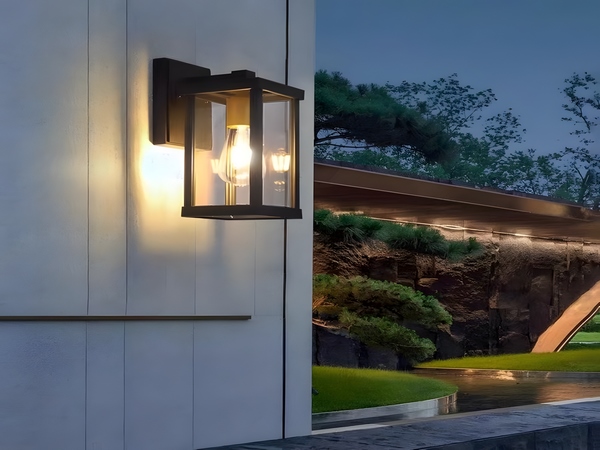
Summer has arrived, and thunderstorms occur frequently. How to effectively implement lightning protection measures for solar street lights is a headache for many solar street light manufacturers and a technical challenge. In open areas, high mountains, and regions with frequent thunderstorms, lightning protection measures are particularly crucial.
The lightning protection work of solar street lights is different from that of ordinary street lights, mainly because the response speed of LEDs is faster than that of traditional street lights, and their voltage withstand capacity is comparatively lower. So, from which aspects should we consider this?
方案一:
1. Grounding of solar street lights: This is crucial and can be achieved using the pole body as the discharge body. The grounding network should be determined according to the geological soil, with ground resistance less than 10 ohms.
2. Direct lightning protection: Use the pole body as a lightning rod.
3. Circuit: Install specialized photovoltaic DC lightning protectors. The lightning protectors should be designed based on the supply voltage. During thunderstorms, the electrical circuit of the LED street lights can generate a peak voltage or peak current due to electrostatic induction or electromagnetic induction, which may damage the LED street light equipment. Therefore, suitable specialized lightning protectors for LEDs should be chosen to protect the power lines against voltage spikes, preventing widespread damage from lightning strikes to LED street lights in the same area.
方案二:
Street light lightning protection method one: Equal potential connection

To completely eliminate destructive potential differences caused by lightning, the power lines, signal lines, metal pipes, and other components of outdoor street lights should be connected with overvoltage protectors to achieve equal potential connection. Local equal potential connections should also be made at the interfaces of different protection areas within the street light power supply, and all local connections should be interlinked with the main equal potential point.
Street light lightning protection method two: Combination of external and internal lightning protection
Street lights generally have two systems: an external lightning protection system and an internal lightning protection system. These systems complement each other. The internal lightning protection system should connect with the external system or set up overvoltage protectors for various components, such as shells, cables entering and exiting the protection zones, and metal pipes, while also ensuring equal potential connections. Usually, the external part of an LED street light consists of conductive materials, which essentially act as a lightning rod. Hence, the design of the street light power supply must install down conductors and grounding networks, forming the external lightning protection system. This setup can prevent fires and accidents caused by direct lightning strikes to LED street lights. The internal lightning protection system refers to protecting devices inside the street light through grounding and voltage protection methods. It can prevent induced lightning and other forms of overvoltage intrusions that can damage power supplies, which the external lightning protection system cannot guarantee.
Method three: High-quality protection devices
The purpose of a street light lightning protector is to connect the protected system to an equal potential system within a short time (nanosecond level), ensuring that all terminals of the device are at the same potential. At the same time, it releases the immense pulse energy generated by lightning strikes through a short path to the ground, reducing the potential difference at each interface of the device, thus serving to protect the equipment.
Method four: Establishing lightning protection zones
Many LED street lights, in addition to their power surge protection systems, also set up communication devices to control the switching and brightness of the lights. These devices and their power supplies should be placed within designated lightning protection zones, shielded by their enclosures, as the electromagnetic fields in these areas are significantly weaker.
The aforementioned lightning protection schemes for street lights have been validated through numerous practical applications and scientific designs, along with rigorous testing. They not only ensure that LED street light systems are not affected by lightning but also eliminate common-mode and differential-mode interference caused by lightning to street light power equipment.

If you want to learn more about solar street light prices, feel free to inquire about lighting solutions.
Bitpott solar street light manufacturer specializes in the research, production, and sales of solar and LED outdoor lighting products. With years of production experience and advanced manufacturing equipment, we ensure quality, reasonable pricing, and configuration. Please check with us about LED solar street light pricing and contact our customer service.
Welcome to call to order!



